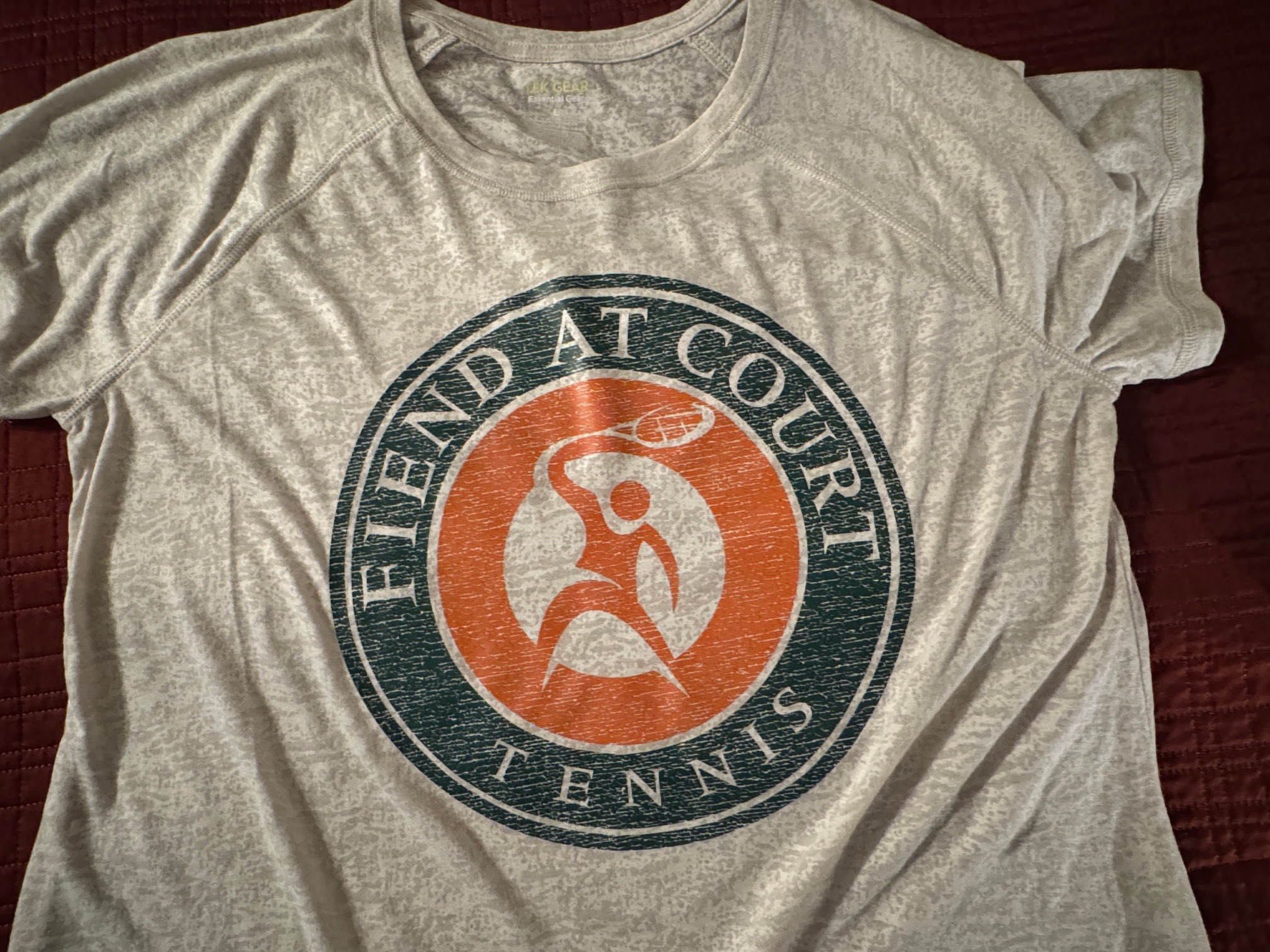Tennis has subtle behavioral rules and expectations that can take a while for new players to learn. One of the challenges is that many of these aren’t written down anywhere. However, the USTA’s Friend at Court includes a section called The Code, which captures “the unwritten rules of tennis.” The Code is a framework for fair play, sportsmanship, and self-regulation. It is a standardized way to handle situations falling outside the purview of the official rules. In a way, The Code is a microcosm of bothersome circumstances that became so commonplace that they needed to be formalized.
Over the past couple of days, I have been writing about a tournament I played in last weekend. Yesterday, I described two annoying lapses in a subtle aspect of tennis etiquette I experienced during my finals match on Sunday. It was played on a cold and windy day under conditions where regular USTA league matches are usually canceled. Additionally, the host facility was constructed during an era of tennis when the spacing between courts was much tighter than current construction standards. It was a crucible for creating stray ball interactions between adjacent courts. Neither of these underlying aspects of etiquette are captured in The Code, yet there is an expectation of how those situations should be handled that experienced tennis players typically follow.
Yesterday, I wrote about my slight annoyance over one team’s inadequate alacrity when returning and retrieving stray balls from an adjacent court. Subsequent actions later seemed to indicate they were also irritated at us for some reason. Specifically, when our balls wound up on their court, they were slamming them back in our direction without regard to the positions of any players. Fortunately, we were at the end of that bank of courts, and the returned balls that could not be corralled were ultimately stopped by the fence. Still, those actions transcended the original actions into a genuine “What the hell?” situation.
The Code has a section with instructions and practices for retrieving stray balls from adjacent courts.
Retrieving stray balls. Each player is responsible for removing stray balls and other objects from the player’s end of the court. Whenever a ball is not in play, a player must honor an opponent’s request to remove a ball from the court or from an area outside the court that is reasonably close to the lines. A player shall not go behind an adjacent court to retrieve a ball or ask a player on an adjacent court to return a ball while a point is in play. When a player returns a ball from an adjacent court, the player must wait until the point is over on the court where the ball is being returned and then return it directly to one of the players, preferably the server.
Principle 42 from “The Code”, USTA Friend at Court
Per the written “unwritten” rules of Tennis in The Code, the ball should be returned directly to one of the players. It is implied, but not explicitly stated, that the ball should be returned politely. To me, that means it should be sent to a location at a velocity the receiver can reasonably handle. Slamming the ball into the far fence defies tennis etiquette. I don’t know if one of the other players on the court or an official interceded to suggest that a behavior modification was warranted. In any case, the slammed balls abruptly stopped in the second set, and normalcy was restored.
Tennis is built on mutual respect, sportsmanship, and understanding of both the written and unwritten rules of the sport. Stray balls from adjacent courts, while seemingly inconsequential, exemplify the subtle dynamics that make tennis unique. A gentle return of a ball reflects respect for fellow players and the game itself. When those standards falter, even temporarily, it underscores how important these “unwritten rules” are to maintaining harmony on the court.



